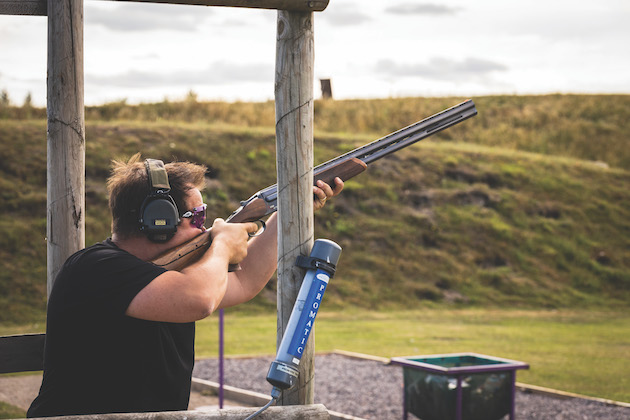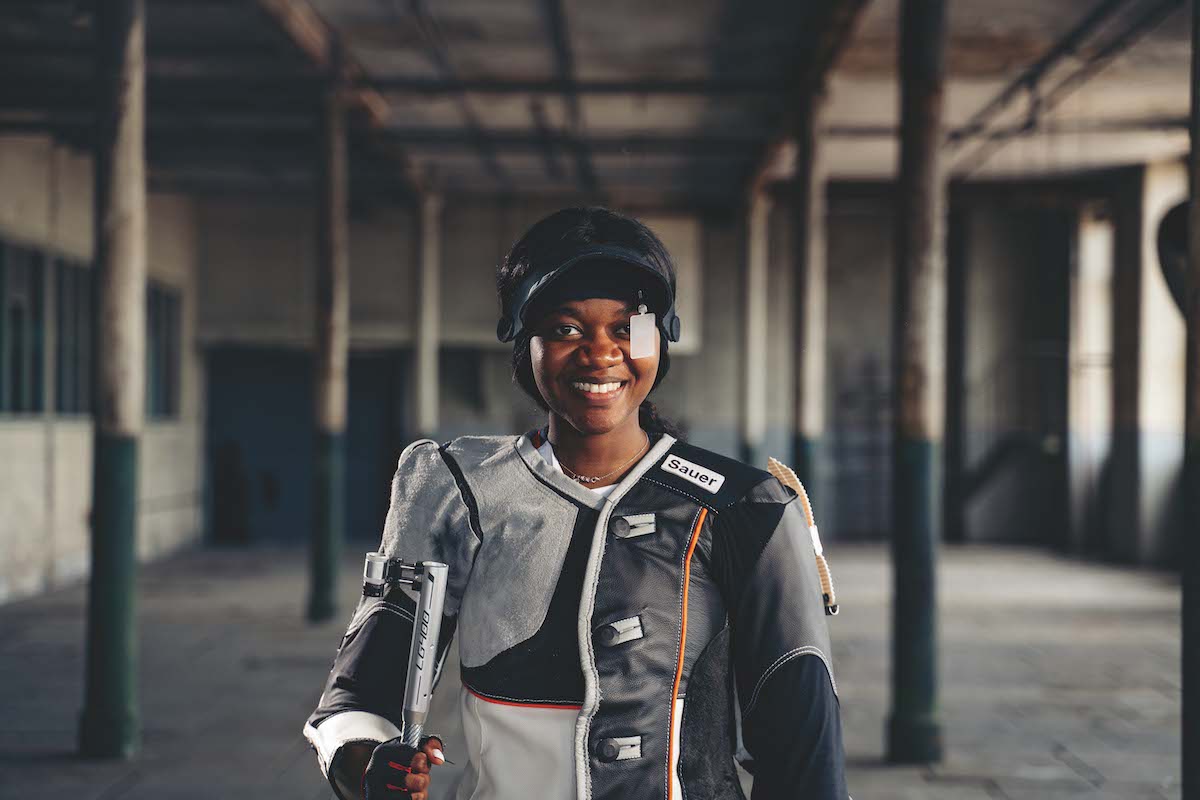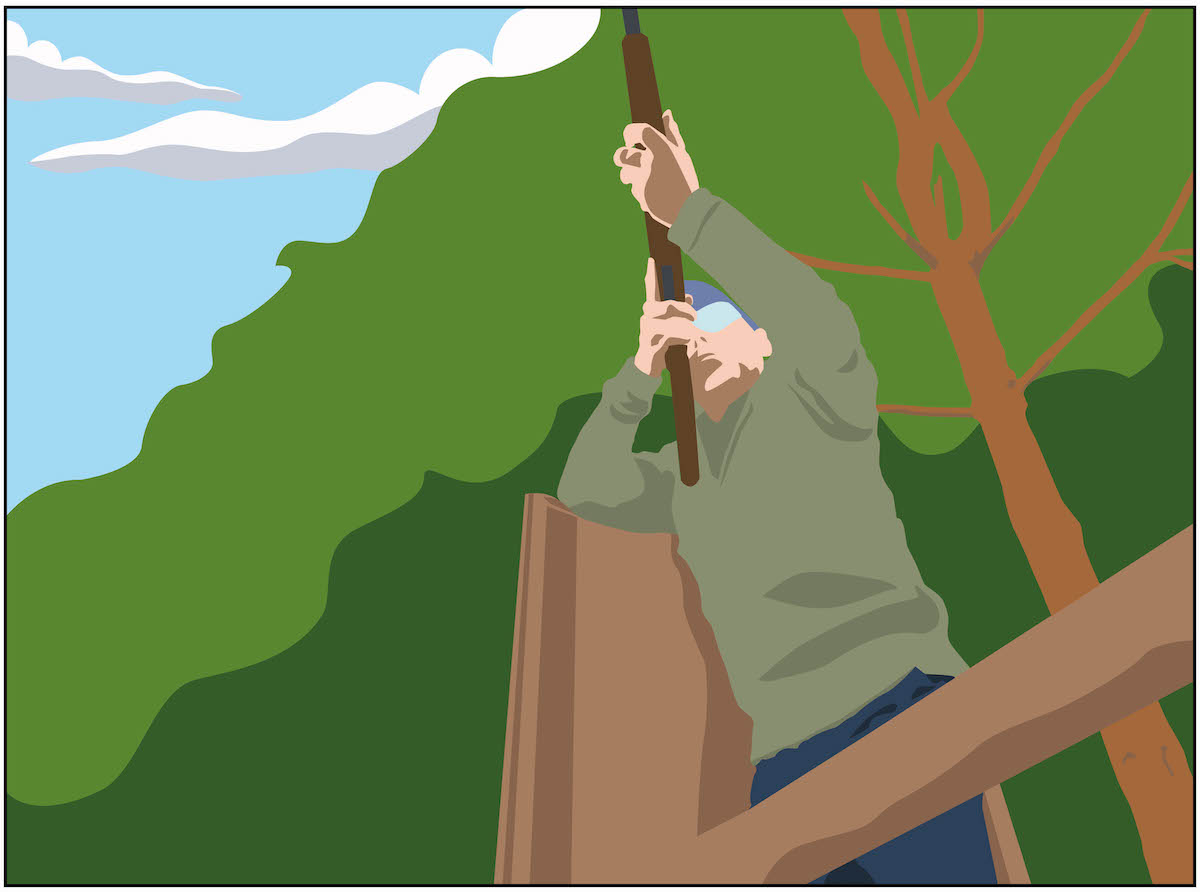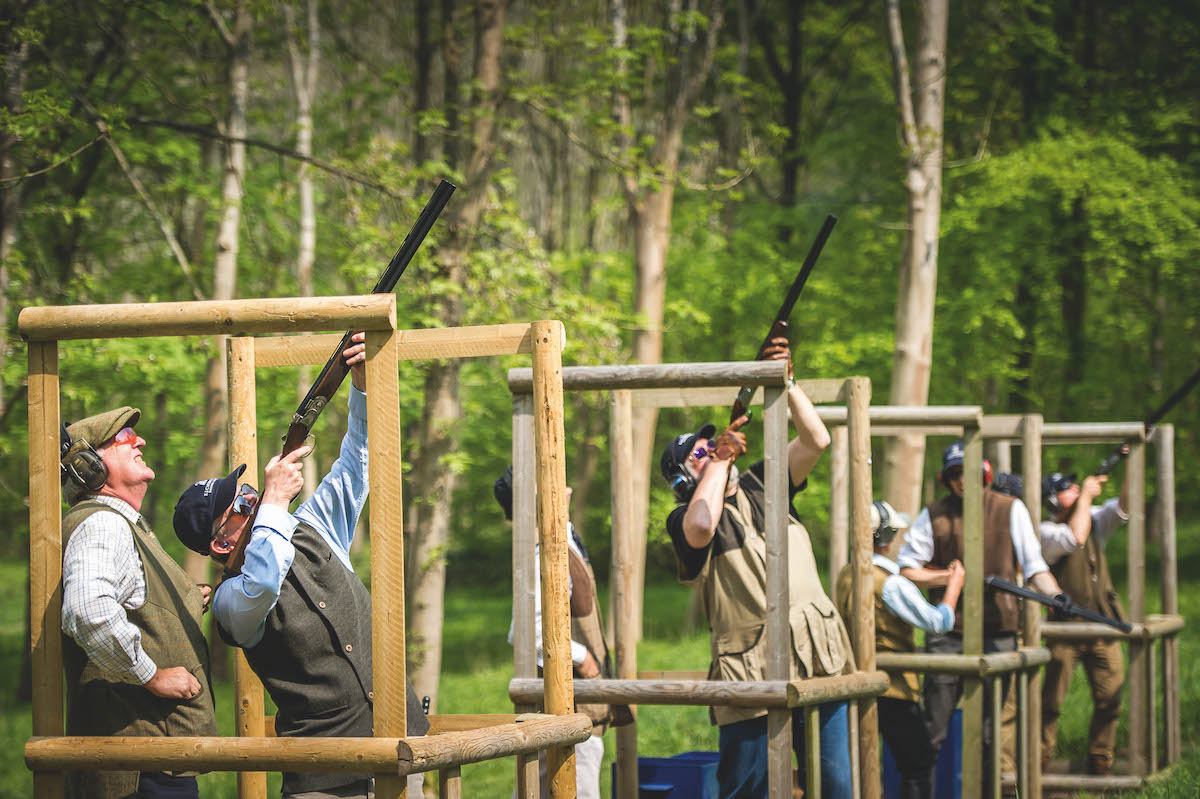How to start clay pigeon shooting
So you've always wanted to learn how to shoot clays? Read on
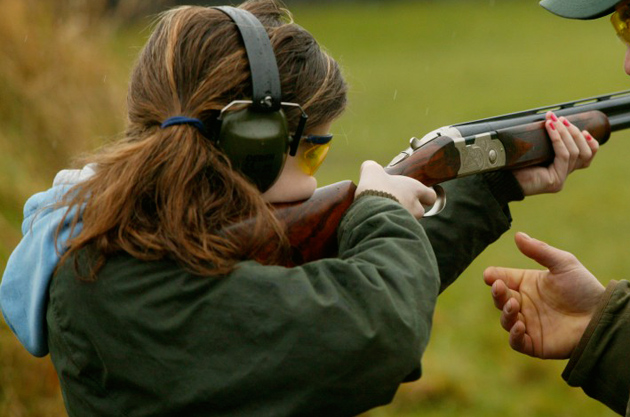
Here’s our guide to clayshooting for beginners to help you get off to the best possible start.
Clayshooting is fun but also demanding. Even seasoned clay shooters know that there’s always something they can do to improve their technique. It’s a case of practice really making (almost) perfect. (If you’re wondering how to dress, here’s what to wear clay pigeon shooting and our list of the best clay shooting jackets.)
Start with some lessons
It’s best to begin shooting clays by having lessons with a qualified instructor – so you don’t pick up any bad habits. There are many clay grounds around and the Clay Pigeon Shooting Association will be able to tell you about instructors near you.
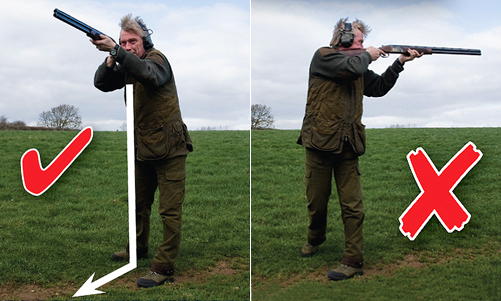
Even seasoned shooters can benefit from a lesson in shooting clays
Enjoy yourself and try to relax during the lesson. Your instructor may stand behind shouting at you, but he’s actually giving you valuable advice. So don’t get too stressed about it all. Listen carefully and do everything that is suggested. Don’t be discouraged if you don’t hit any clays straightaway, it’ll happen.
At most clay grounds you will be able to borrow a gun and won’t need to bring your own. (Check this when you ring up to make the initial enquiry).
You’ll be greeted by your instructor who will look at your size and build and select a gun to suit you (this is called gun fit). You’ll be shown how to ‘mount’ the gun (which is how you hold it) and given a full safety briefing.

Follow the clay’s flight with your finger
To increase the chances of dusting your first targets, it’s important to try and ‘read’ the clay before you’re ready to shoot. Try following the bird’s flight through the air with your finger – work out in your mind if it’s dropping or rising. Is it veering to the left or the right? How fast is it going, and how quickly is it beginning to slow down? Where is the best place to try and kill it? Where’s the best place to pick it up after it leaves the trap; as such, what should my stance be?
These are all questions you should ask your instructor.
I can’t stress highly enough the need to watch the bird before you shoot. Do this and you’ll start hitting the targets.
This process of watching a target in flight is known as ‘reading’ a clay – and it’s one of the first skills that needs developing when you’re learning to shoot.
How to shoot clay pigeons: Key clay pigeon shooting tips
Understand the jargon heard on the clay shooting ground with Mark Russell’s tips for shooting beginners
What to wear clay pigeon shooting
So you’re off to a clay ground. From ear protection to shoes, here’s what to turn up in.
Three of the best second-hand clayshooting guns for beginners
Buyer’s brief: “I have been shooting clays for the past six months with guns hired from the shooting ground. Most…
A good coach will try and get his pupil aware of this idea right from the very beginning. Getting a clear picture in your mind of the step by step process that’s needed to break the target. You can develop your own style when you become a more accomplished shooter – but at the beginning you need to have a thorough grounding in the basics to be able to progress. When it comes to buying a clay gun, ask your coach’s advice too.

Remember how it felt the first time after you passed your driving test and you went out in a car on your own?
You might feel similar when you go out shooting by yourself for the first time and miss a coach standing by you offering advice or tips when you miss clays. The important thing is to take it slowly. Don’t rush. Listen to your instinct. How you approach each target is up to you.
Don’t rush things
Only practice will help you to shoot consistently well.
In the early days of your shooting career you probably won’t end up being High-Gun on the day. But I do promise that if you stick at it your scores WILL improve – and generally much quicker than you think.
Try and remember all the little hints and tips your instructor mentions, concentrate on getting your technique right, and don’t get cross with yourself if you miss a few birds.


